Ravi’s Rambling Race Report: Toronto Beaches Easter 5K
The “dress rehearsal” is a fixture in the lead up to so many important occasions. Weddings, of course, any kind of public speaking, graduation, or staging a performance all invite a degree of anxiety which can hopefully be quelled somewhat if we run some sort of simulation ahead of time.
The real day, when it finally arrives, is of course liable to present unexpected shock, but we hope to prepare ourselves as much as possible for the conditions we’ll inhabit on that day. You can run it through in your mind all you want, have all the details mapped out on paper, but there’s just nothing like the real thing. It’s just different.
Races are different. They just are. The “jockeying for position” in the first kilometre, the temptation to gun it right out of the gate, the ability to run without having to share the road with traffic or pedestrians, the opportunity to feed off fellow runners and pacers, not to mention the intangibles of adrenaline and atmosphere. None of these are typically present on your training runs.
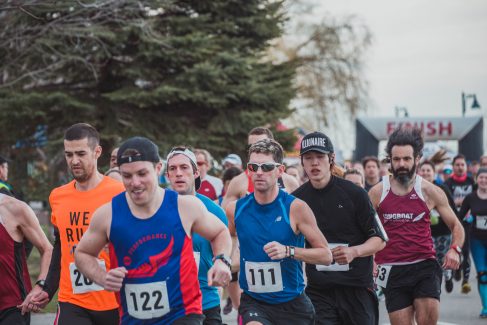
Somehow, perhaps out of inexperience or hardheadedness, I never connected the dots to understand that not every race needs to be or should be a personal best. Not every race needs to be a “goal race.”
There’s a value to be had, therefore, in small races as a type of “dress rehearsal” for goal races. The small, local, no frills race, will still give you the conditions of being on a course and understanding where you are and how well you can manage a race strategy before you get to tackle your big goal of the season – whether that be your first half or full, your BQ, your PB.
At the urging of my coach, I therefore registered for the Easter 5K in Toronto hosted by the Beaches Runners Club. The course was a simple out and back that started along the boardwalk near Toronto’s Woodbine Beach and was limited to a small field of 300.
Race Director Dave Emilio says that while, “…more and more, runners are looking for a big race, with swag, medals, lights, pyrotechnics, etc., there’s still a good contingent of runners who like the smaller community feel.” Looking to the future, Emilio hopes to grow this race to include, “More runners, better swag. Not just the full race kit, but a better swag item. Not that the buffs weren’t cool or unique but we’d like to have a bigger budget for a better ‘wow’ item.”
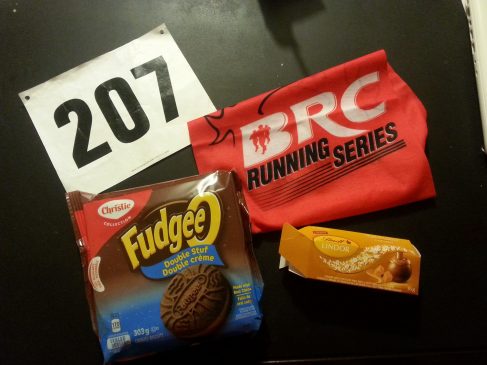
At this point in my personal training cycle, however, the “smallness” of this race served me well. What I learned on course is that the value of a small race isn’t necessarily in the experience, but in your own growth as a runner.
I wasn’t out there to chase a PB. It would be tough to do so, after all, in the middle of a build toward a spring half marathon, but this would be a chance to consistently run at the pace I’d been holding for short pickups while training over a longer distance. It would be a chance to see if I could correct some mistakes I’d been making. I’m a decent starter, for example, but have a tendency to start pushing a little too early on the home stretch.
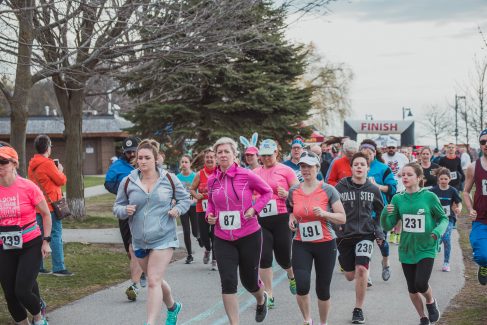
Breaking it down to the essentials that are either obvious to smart, experienced runners, or new to those a little slow on the take like I can be at times, there are some damn good reasons to jump into a small, local race in the lead up to “the big one,” including:
- You get an early chance to run your goal pace in race conditions.
- Getting some time racing in the midst of a build on tired legs will come in handy in the final stretch of your big race.
- If you’re new to racing, or even experienced, crowds can be overwhelming. Get your feet wet by running a race with a smaller field.
- You’re supporting a local run club and therefore supporting your fellow runners in your community. If the race raises funds for a local charity, even better. Emilio says that this race raised $2000 for the local Lions Club and that some of the bigger races hosted by the BRC have raised as much as $20,000. Dave sums up his philosophy: “It’s a lot of work but if we can get funds for someone who needs it, while giving the runners a good value, we all win!”
In the case of this race, I left with one of the best swag bags I’d ever picked up, stuffed with a full box of Fudgee-O cookies, Lindt chocolate, and a running buff. Typically, though, a small race may mean you leave kit pick up with only your bib.
However, work a few of these races into a long build, and you’ll leave a more confident runner on route to your big goal race.
- Ravi Singh





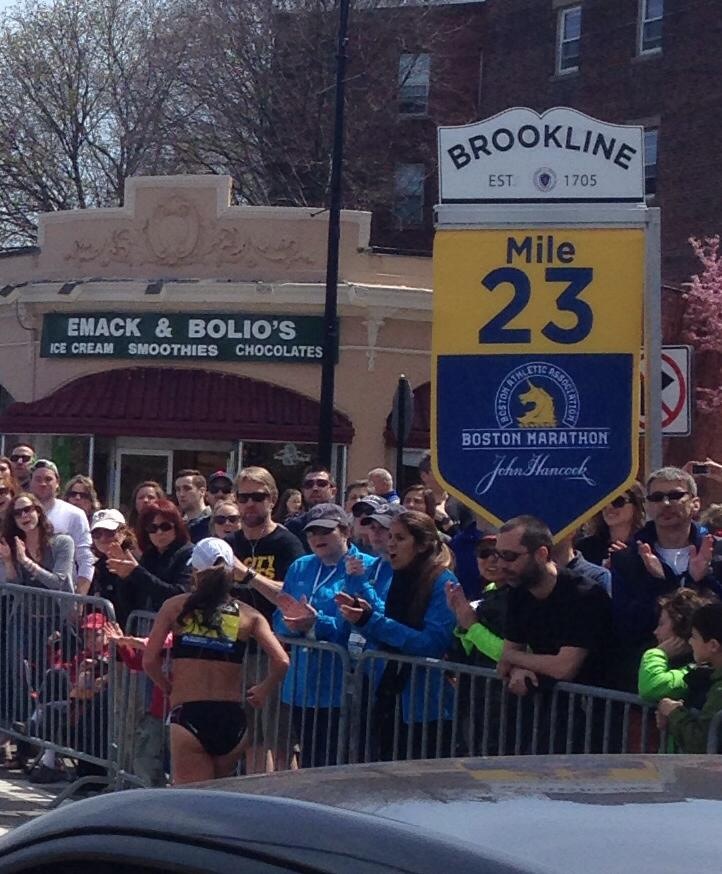
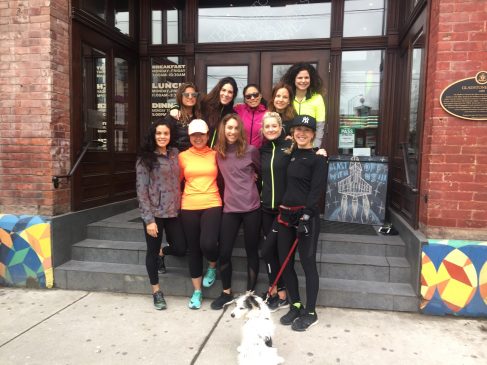
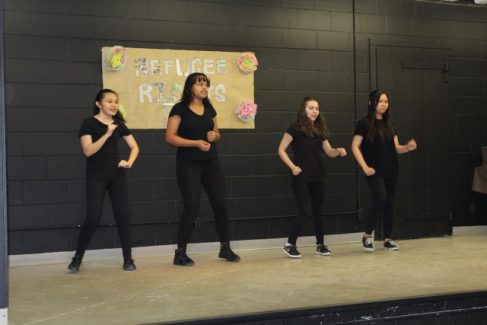


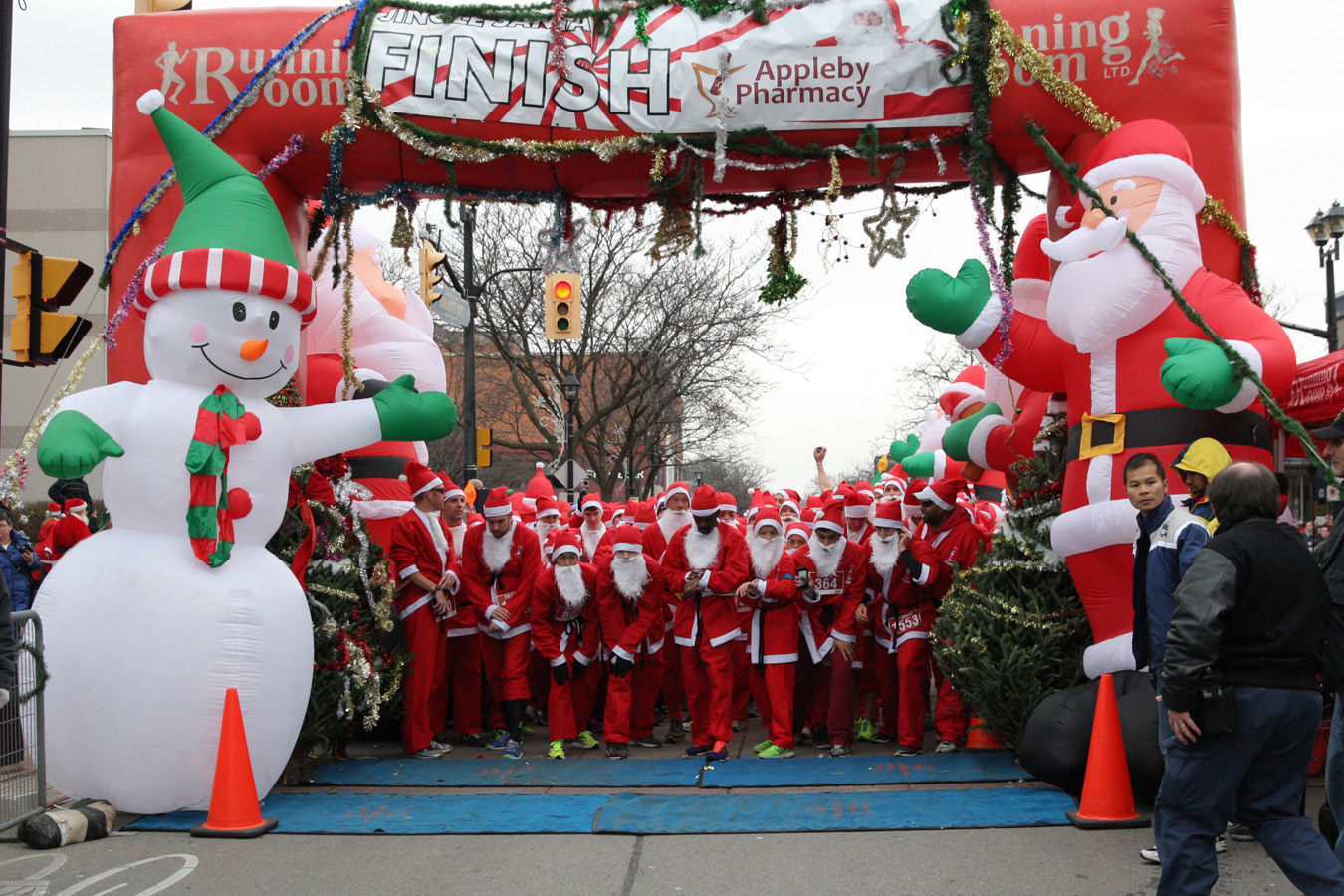

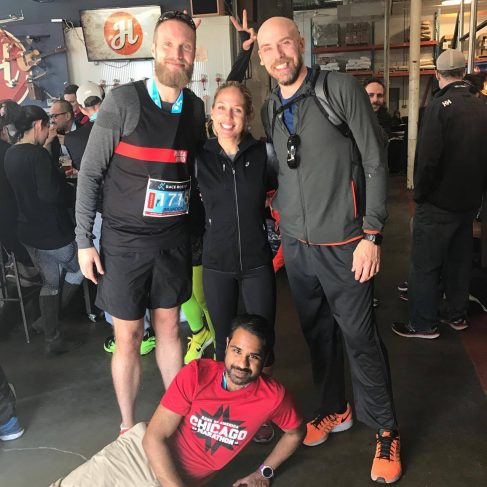
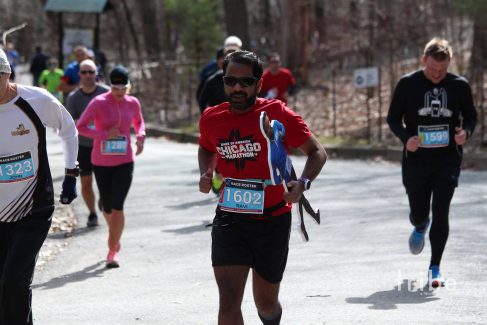
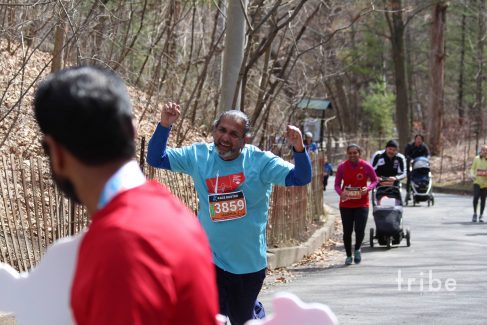







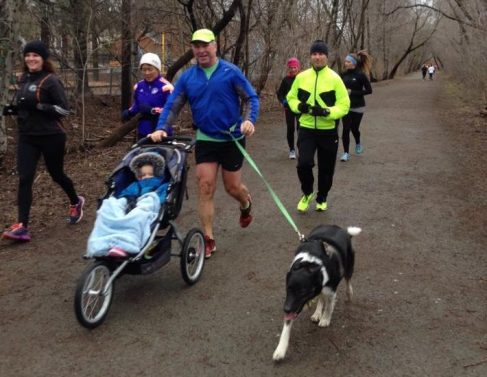

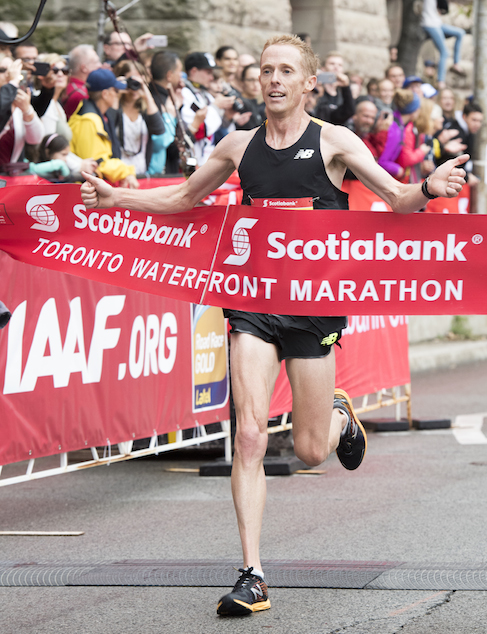
 Our Magazine
Our Magazine Previous Release
Previous Release
